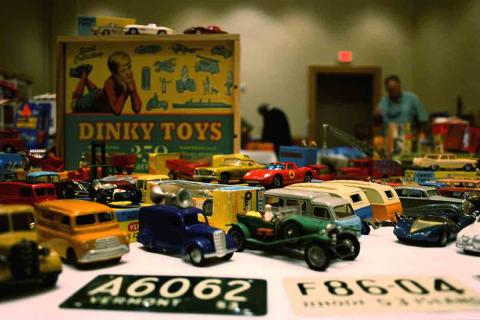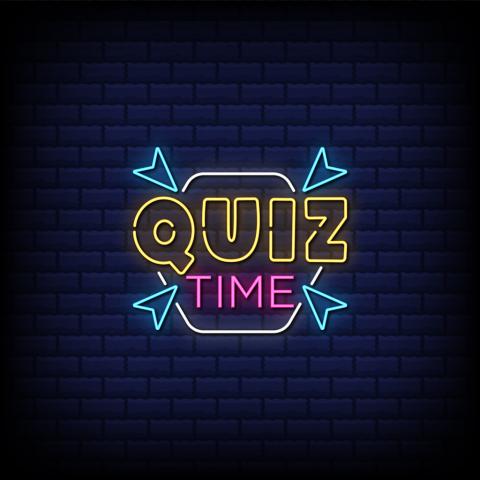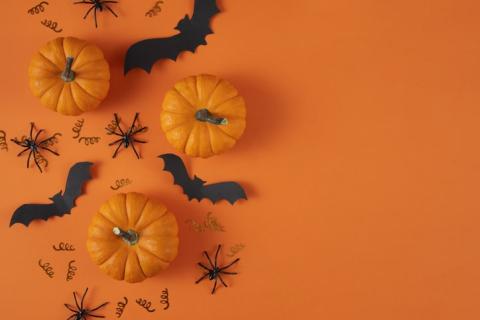How Much Do You Know About St. Patrick's Day?
Where was the first US Saint Patrick's Day celebration held?
- The first St. Patrick's Day celebration on record was held in Boston in 1737. It is believed that a small parade occurred in what is now Florida in 1601.
What was the original color of the holiday?
- In the beginning, St. Patrick's Day was associated with the color blue (Saint Patrick's Blue). It wasn't until the 18th century that people began wearing green to represent the Irish independence movement.
What city dyes its river green to celebrate?
- In 1962, Chicago began the tradition of dyeing their river green for a few hours every St. Patrick's Day.
What nationality was St. Patrick?
- Saint Patrick may have been known for introducing Christianity to Ireland, but he was actually born to two Roman parents.
What does "Erin go Bregh" mean?
- "Erin go Bragh" translates to "Ireland Forever!" It's nearly impossible to not hear cries of this phrase during St. Patrick's Day.
Where was St. Patrick born?
- Despite popular belief, St. Patrick was actually born in Britain. He came to Ireland as a Christian missionary.
What is St. Patrick the patron saint of?
- St. Patrick is known as the patron saint of Ireland since he is credited with bringing Christianity to Ireland in the AD 400s. However, St. Patrick was never canonized by the Catholic Church, making him a saint in name only.
How did St. Patrick originally visit Ireland?
- St. Patrick first entered Ireland after been kidnapped at the age of 16 and forced into slavery. It was during his imprisonment that St. Patrick first began dreaming about converting the Irish to Christianity.
What did St. Patrick use the shamrock to teach?
- It is said that St. Patrick popularized the symbol of the shamrock after using it to teach the Irish about the Holy Trinity and its meaning in Christianity.
When was the first St. Patrick's Day festival held in Ireland?
- Believe it or not, Ireland began its first St. Patrick's Day parade in 1996. Prior to this, the religious holiday in Ireland consisted of church and a small celebration. Pubs, banks, and stores were all closed.





